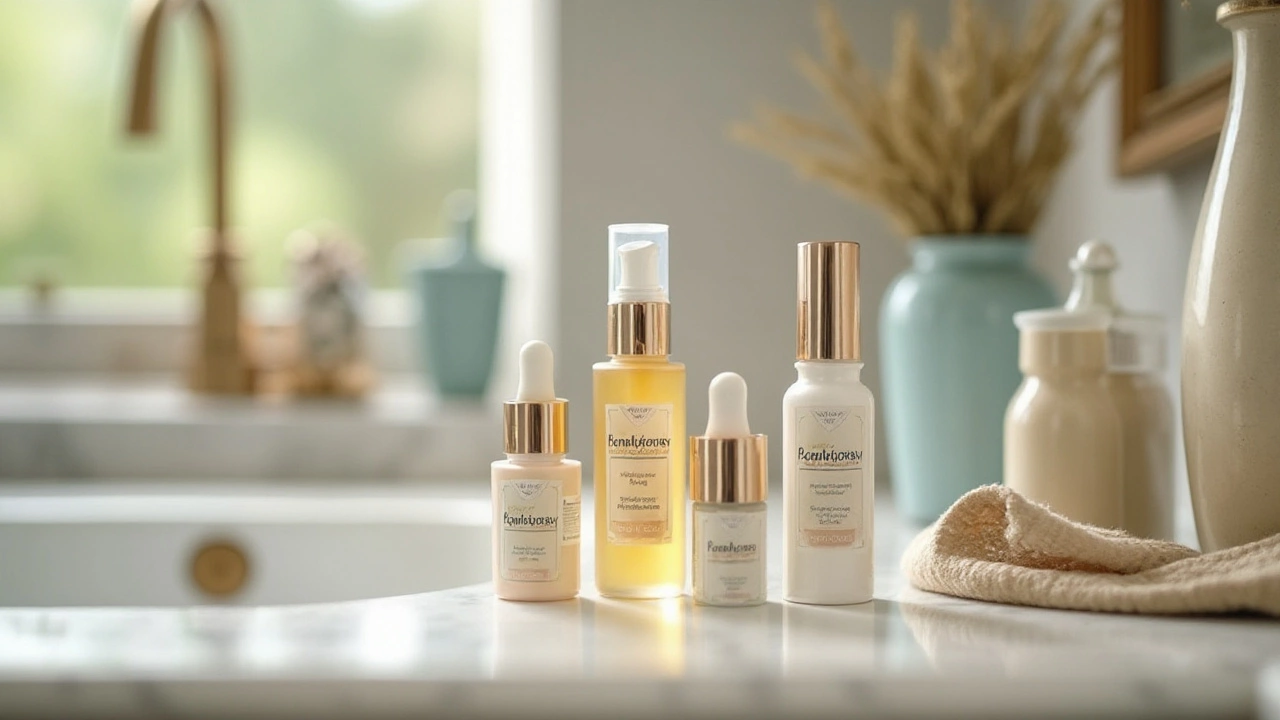Medical Skincare: What You Need to Know Right Now
When you hear "medical skincare" you might picture a lab coat and prescription creams. In reality, it’s anything that blends science with daily skin care to give you real results. Think of it as the bridge between a dermatologist’s office and your bathroom shelf.
Why Medical Skincare Beats the Guess‑Work
Most over‑the‑counter products rely on buzzwords. Medical‑grade formulas, on the other hand, are backed by clinical research, proven ingredient concentrations, and strict safety testing. That means you’re less likely to waste money on stuff that does nothing and more likely to see improvements in acne, rosacea, hyperpigmentation, or premature aging.
Another big win is the personalized approach. A dermatologist can assess your skin type, barrier function, and any underlying conditions, then recommend a regimen that targets your exact needs. It’s not a one‑size‑fits‑all story; it’s a custom plan that evolves as your skin changes.
Core Elements of a Medical Skincare Routine
Start with a gentle, pH‑balanced cleanser. Look for products that list active ingredients—like niacinamide or ceramides—within the first three spots on the label. These ingredients help keep the skin barrier strong without stripping natural oils.
Next up is treatment. This is where prescription‑strength retinoids, azelaic acid, or hydroquinone come into play. If you’re not ready for a prescription, many reputable brands offer lower‑dose versions that still deliver noticeable results.
Moisturizing is the glue that holds everything together. Opt for a non‑comedogenic cream that contains hyaluronic acid and peptides. These ingredients lock in moisture and support collagen production, which is crucial for maintaining firmness.
Don’t forget sunscreen. A broad‑spectrum SPF 30+ is non‑negotiable, especially when you’re using retinoids or acids that can increase sun sensitivity. Reapply every two hours if you’re outdoors.
Finally, consider periodic professional treatments like chemical peels, laser therapy, or micro‑needling. These procedures boost product absorption and accelerate skin renewal. Always get them done by a certified professional to avoid complications.
Putting these steps together creates a solid foundation that many of the articles on this page reference. For example, our guide on anti‑aging systems highlights how retinoids and sunscreen work hand‑in‑hand, while the natural product roundup points out which botanical extracts pair well with medical‑grade actives.
If you’re unsure where to start, a quick consultation with a dermatologist can clear up confusion. Many clinics now offer virtual appointments, making it easy to get a personalized plan without leaving home.
Remember, medical skincare is not a quick fix; it’s a commitment to evidence‑based care. Stick to the routine, track progress, and adjust as needed. Your skin will thank you with a clearer, smoother, and more resilient appearance.
Browse the posts below to dive deeper into specific topics—whether you’re hunting for the best sunscreen, curious about retinoid alternatives, or want to learn how diet impacts skin health. Each article follows the same practical, science‑backed style to help you make confident choices.
The Essential Guide to Buying Medical Grade Skincare Products
Navigating the vast world of skincare can be daunting, especially when it comes to deciding whether to invest in medical grade products. This guide delves into the differences between over-the-counter and medical grade skincare, examining the potential benefits and drawbacks. Discover how these products work, what makes them unique, and whether they are worth the investment for your skin health. By understanding these factors, you can make informed decisions on how to best care for your skin.
